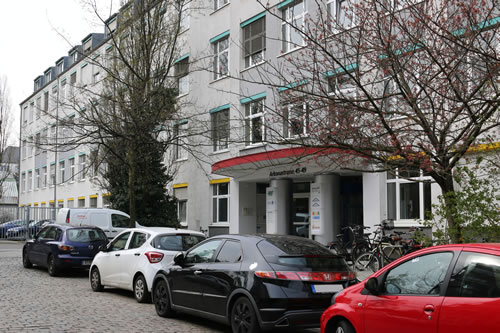Room acoustic planning
[and reverberation time extension]
The room acoustic planning is based on complex physical principles as well as knowledge of the subjective hearing characteristics, which were gained through many years of experience. It is our aim to provide technical support to build spaces that optimally satisfy the expectations of the visitors or users for high-quality music and voice transmission as well as a pleasant acoustic atmosphere.
The room acoustic rules and principles were already considered centuries ago in classical auditoriums such as theatres and open-air venues. As a result, rooms were built, whose acoustics is still considered exceptional and outstanding.
However, the desire to have new design forms in architecture with a high demand on the aesthetic side and individuality have also resulted in a large number of buildings that show obvious acoustic defects such as echoes (example), too long reverberation times and poor speech intelligibility. It is not rare that these rooms must be retrofitted with a high additional cost.
With today's level of knowledge and technical possibilities such errors can be avoided from the outset. Additionally, the earliest possible involvement of the room acoustic designers is recommended. For instance, for the determination of the room and building basic forms (the so-called primary structure), the design ideas of the architects should be coordinated with the acoustic requirements. This collaboration should continue with the interior design with hints on wall materials, surface structures and furnishing (secondary structure).
In multi-purpose halls, in addition to movable curtains and draperies for temporary reverberation reduction, electronic reverberation extension systems are increasingly being used to increase the reverberation time.





